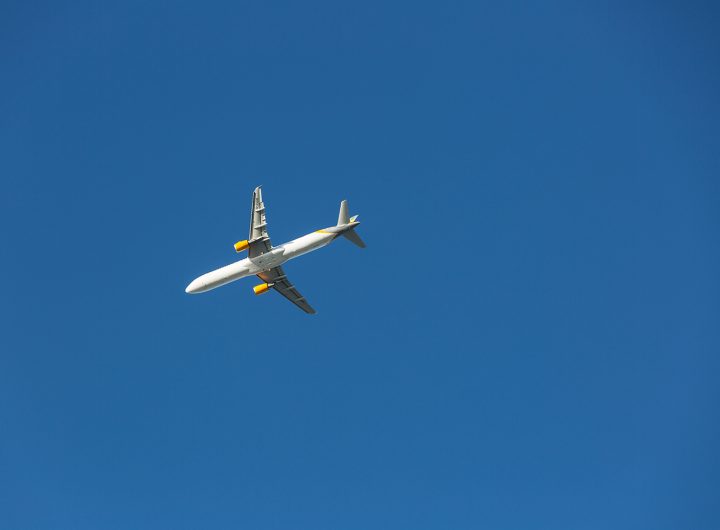- This topic is empty.
-
AuthorPosts
-
05/09/2024 at 14:38 #5570
Satellite communication has revolutionized the way we connect and communicate across vast distances. Understanding the frequencies used in satellite communication is crucial to grasp the intricacies of this technology. In this forum post, we will explore the frequencies employed in satellite communication, their applications, and the factors influencing their selection.
1. Frequency Bands in Satellite Communication:
Satellite communication utilizes various frequency bands, each with its unique characteristics and applications. The commonly used frequency bands include:
a. C-Band: Operating between 4 to 8 GHz, C-Band offers excellent resistance to rain attenuation, making it ideal for reliable long-distance communication.
b. Ku-Band: Ranging from 12 to 18 GHz, Ku-Band provides higher data rates and narrower beams, enabling more focused communication links.
c. Ka-Band: With frequencies between 26.5 to 40 GHz, Ka-Band offers even higher data rates and larger bandwidth capacity, facilitating high-speed broadband services.2. Factors Influencing Frequency Selection:
The choice of frequency for satellite communication depends on several factors, including:
a. Atmospheric Conditions: Different frequency bands are affected differently by atmospheric conditions such as rain, fog, and atmospheric gases. Frequencies less susceptible to these effects are preferred for reliable communication.
b. Bandwidth Requirements: Higher frequency bands offer larger bandwidth capacity, enabling the transmission of large volumes of data. The required bandwidth for specific applications influences the frequency selection.
c. Antenna Size and Beamwidth: Higher frequency bands allow for smaller antenna sizes and narrower beamwidths, enabling more precise targeting of communication signals.
d. Regulatory Considerations: Regulatory bodies allocate specific frequency bands for satellite communication, and adherence to these regulations is essential.3. Applications of Different Frequency Bands:
Each frequency band finds its applications in satellite communication:
a. C-Band: Widely used for television broadcasting, long-distance communication, and weather monitoring due to its reliability and resistance to rain attenuation.
b. Ku-Band: Commonly employed for direct broadcast satellite (DBS) services, video distribution, and broadband internet access due to its higher data rates.
c. Ka-Band: Ideal for high-speed broadband internet access, interactive multimedia services, and remote sensing applications due to its large bandwidth capacity.Conclusion:
Understanding the frequencies used in satellite communication is vital to harness the full potential of this technology. The C-Band, Ku-Band, and Ka-Band offer distinct advantages and applications, catering to various communication needs. Factors such as atmospheric conditions, bandwidth requirements, antenna size, and regulatory considerations influence the selection of frequency bands. By comprehending these aspects, we can optimize satellite communication systems for enhanced connectivity and efficient data transmission. -
AuthorPosts
- You must be logged in to reply to this topic.

 Google hit with record EU fine over Shopping service
Google hit with record EU fine over Shopping service  Business booming for giant cargo planes
Business booming for giant cargo planes  Trump-Putin: The understandable story
Trump-Putin: The understandable story